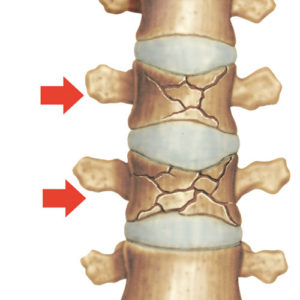Learn about the consequences of untreated fractures and how you can identify one that may go unnoticed
Most of the time, when you have a bone fracture, you know it. It usually comes after a violent accident, such as a fall on the sidewalk or a collision during a sporting event. Bone fractures usually happen instantly and deliver immediate pain.
But some fractures actually develop slowly, resulting not from a single impact but from progressive, ongoing causes, such as repeated stress or an infection. These can be dangerous, as they often go untreated.
Runners and athletes are prone to small bone fractures, such as “hairline fractures” that fly under the radar for a long time and are ignored as general soreness. But while bones are hard to damage, they are also hard to heal. Whether you’re an elite athlete or you simply enjoy a short daily walk, understanding the risks behind untreated fractures is important.
Let’s look at what can happen if a bone fracture, even a small crack, is missed …
Infection in the bone or the marrow
Many organisms travel through the blood stream, and some of these can cause an infection to the bone or, if the fracture is deep enough, to the bone’s marrow. If an infection in the bone does occur, it can spread to other areas of the body.
Long-term nerve damage
There are three types of nerves in our bodies: autonomic, which control mostly involuntary activities like heart rate and digestion; motor, which control general movement; and sensory, which relay information back to your brain. An untreated bone fracture could cause damage to any of these different nerves, causing a wide range of problems, from decreased sensitivity to difficulty controlling movement.
Malunion or Deformity
If a bone heals improperly, it can cause a misalignment that results in long-term deformity. In most cases, a “malunion,” as it’s often called, will be the result of a typical bone fracture caused by violent trauma, but it could occur from undiagnosed fractures as well. These sometimes need to be re-broken and then set in order to heal properly.
Damage or stress on muscles and ligaments
If a bone heals improperly, it could lead to excess stress and even damage to muscles. For example, if a collar bone fracture is left unattended (or, more likely, doesn’t heal properly) it could cause stress to the shoulder muscles, resulting in weakness or pain in that area.
Know the signs of a fracture
It can be hard to identify fractures that come on slowly, but there are still a few indicators that you should watch for, especially if you are an athlete, participate in long-distance running, or exercise intensely. You may notice pain, swelling, bruises, or a discolored appearance around the bone or joint. A major sign of a bone fracture is the inability to put weight on a foot or leg, or a grinding sensation at the site of the pain.
All of these symptoms, however, could be caused by other medical issues. So it’s vital that you seek professional assistance from a qualified medical doctor immediately.
Get accurate medical imaging services for your overall health
Having the right information is essential to your long-term health. If you suspect you may have an untreated bone fracture, contact POM MRI today and let us help.
You’ll get fast, effective information so you can decide whether treatment and medical care is right for you!

